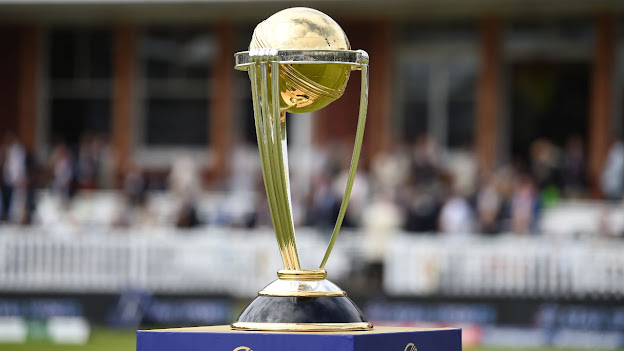#2023 Cricket
Understanding Par Scores in Cricket: Insights into the DLS Method
Introduction:
Cricket, a game known for its unpredictability, often faces interruptions due to adverse weather conditions. To address this, the Duckworth–Lewis–Stern (DLS) method was introduced, which provides a fair and accurate calculation of the target score for the team batting second in a rain-affected match. This article throws light upon the concept of par score in cricket and provides a comprehensive understanding of how it is determined through the DLS method.
Importance of the DLS Method
In situations where rain interrupts a cricket match, the DLS method ensures fairness by adjusting the target score for the team batting later. It takes into account the overs lost due to rain interruptions, making the match more fair and exciting. Central to the DLS method is the concept of par scores, which subsequently serve as a reference point for evaluating the batting team's performance.Defining the Par Score
The par score represents the indicative score that the team batting later must achieve to remain tied with the team batting first. It factors in various variables, such as the number of overs remaining, wickets in hand, and the scoring rate of the team batting first before the rain interruption. The Par Score is dynamic and continuously adjusts during play to reflect the match situation.Calculation of Par Score
The calculation of the par score involves complex algorithms and statistical analysis. It takes into account the average scoring rates at different stages of an innings and the resources available to the team batting afterwards. The DLS method uses historical data to determine cross scores based on similar match situations in the past. The formula takes into account both runs and wickets scored by the team batting before half-time to arrive at the revised target for the team batting first.Effect of lost overs on par score
The number of overs bowled due to rain plays an important role in determining the par score. Generally, with fewer overs remaining, the par score is lower, as the team batting second has limited time to chase down the target. On the other hand, if the match is shortened enough, the par score can be revised upwards to provide a fair chance to the chasing team.Dynamic Nature of Par Score
As the match progresses, the par score is continuously adjusted based on the actual performance of the team batting second. If the team exceeds the par score, it is considered ahead of the game, while falling short indicates a trailing position. The par score serves as a benchmark against which the progress of the team is assessed, providing a clear indication of their performance in relation to the revised target.Par scores are an essential component of the DLS system, which ensures fairness and accuracy in rain-affected cricket matches. It represents a revised target for the team batting second taking into account the number of overs lost and the performance of the team batting first before the interruption. Understanding par scores gives players, officials and fans valuable insight into match dynamics and adds an interesting element to rain-affected fixtures.






Comments
Post a Comment